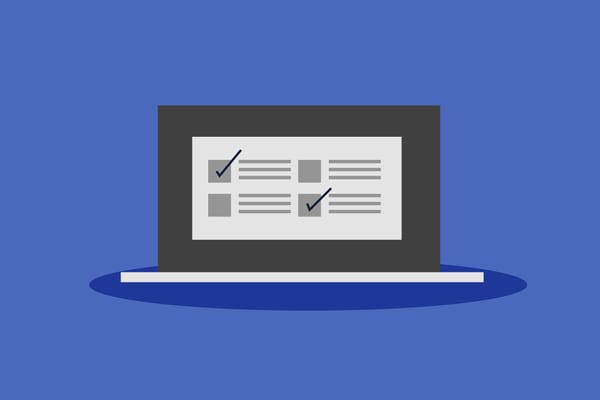New Regulations in France: Insurance Coverage for Data Breaches. What does this mean for you?

Starting April 24, 2023, businesses or individuals acting in the exercise of their professional activities can receive compensation from their insurer for losses and damages caused by a breach, according to (article L12-10-1 of the French Insurance Code[1]).
Initially, the bill dealt specifically with insurance for ransom following cyberattacks and ransomware attacks, but the parliamentary debate changed the text to include breaches.
To benefit from the insurance, the victim must file a complaint to the "competent authorities" (police, the public prosecutor) within 72 hours of learning of the attack. According to the Privacy World blog, this conformed to the time limit imposed for notifying personal data breaches to the Commission Nationale de l'Informatique et des Libertés (CNIL) under the General Data Protection Regulation (GDPR).
Why is this bill significant for all French citizens?
First and foremost, it's a signal that the French government acknowledges and acts against the constant rise of cyberattacks in the country.
France has seen over 5,000 data breaches since the GDPR was enforced in May 2018, according to a report by DLA Piper.
Secondly, motivating businesses to report breaches to claim insurance may have a positive effect – fewer breaches will go unpublicized. Finding out that your data is exposed as soon as possible gives you more time to act to diminish associated harms, such as identity theft, financial fraud and reputational damage.
At the end of the day, while companies take the hit, people are the victims as their personal data gets exposed. The authorities' and companies' decision to be more proactive about cybersecurity may inspire you to do the same at a personal level: prepare yourself in case it happens to you.
What can you do about breaches?
You can use Bitdefender Digital Identity Protection as a prevention tool to check on your digital footprint or as a remediation tool to mitigate risks if you are involved in a breach.
In case of past incidents:
Identity Protection Score gives you a 360-degree view of your online identity. This is a feature of the Digital Identity Protection service, a number calculated based on analysis of your data breach exposure, including the number of data breaches you're linked to and the type of information compromised. The higher the score, the lower your risks of new data breaches and attacks on your identity.
Visualize your personalized risk map to make sense of all breach events linked to you. You can easily assess the potential impact of a data breach and take the best corrective actions. For example, if your personalized risk map is in the green, you don't need to take any additional actions -- just remain vigilant, as you should always do online.
Moderate risks are tagged in orange and pink. If your risk levels are in this section, you do need to check all security events, while critical risks (in the pink and red sections) mean that you should immediately change passwords and monitor for any signs of identity theft.
In case of future incidents:
Digital Identity Protection alerts you immediately when your data is exposed in a breach. It scans millions of websites and monitors the underground networks to check if your information is leaked on the Dark Web. You receive notifications about the event, details about your data, and easy, 1-click action items to minimize risks.
tags
Author
Cristina is a freelance writer and a mother of two living in Denmark. Her 15 years experience in communication includes developing content for tv, online, mobile apps, and a chatbot.
View all postsRight now Top posts
How to Protect Your WhatsApp from Hackers and Scammers – 8 Key Settings and Best Practices
April 03, 2025
Outpacing Cyberthreats: Bitdefender Together with Scuderia Ferrari HP in 2025
March 12, 2025
Streamjacking Scams On YouTube Leverage CS2 Pro Player Championships to Defraud Gamers
February 20, 2025
How to Identify and Protect Yourself from Gaming Laptop Scams
February 11, 2025
FOLLOW US ON SOCIAL MEDIA
You might also like
Bookmarks







